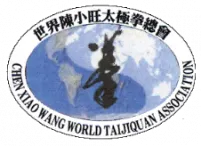세계진소왕태극권총회 서울분회에 오신 것을 환영합니다. Welcome to the Seoul Branch of Chen Xiao Wang World Taijiquan Association.
여기는 진식태극권 19대 장문인 진소왕 노사의 태극권을 수련하는 모임의 홈페이지입니다.
This is the homepage of a group that practices Taijiquan by Grandmaster Chen Xiao Wang, the 19th master of Jinstyle Taijiquan.





